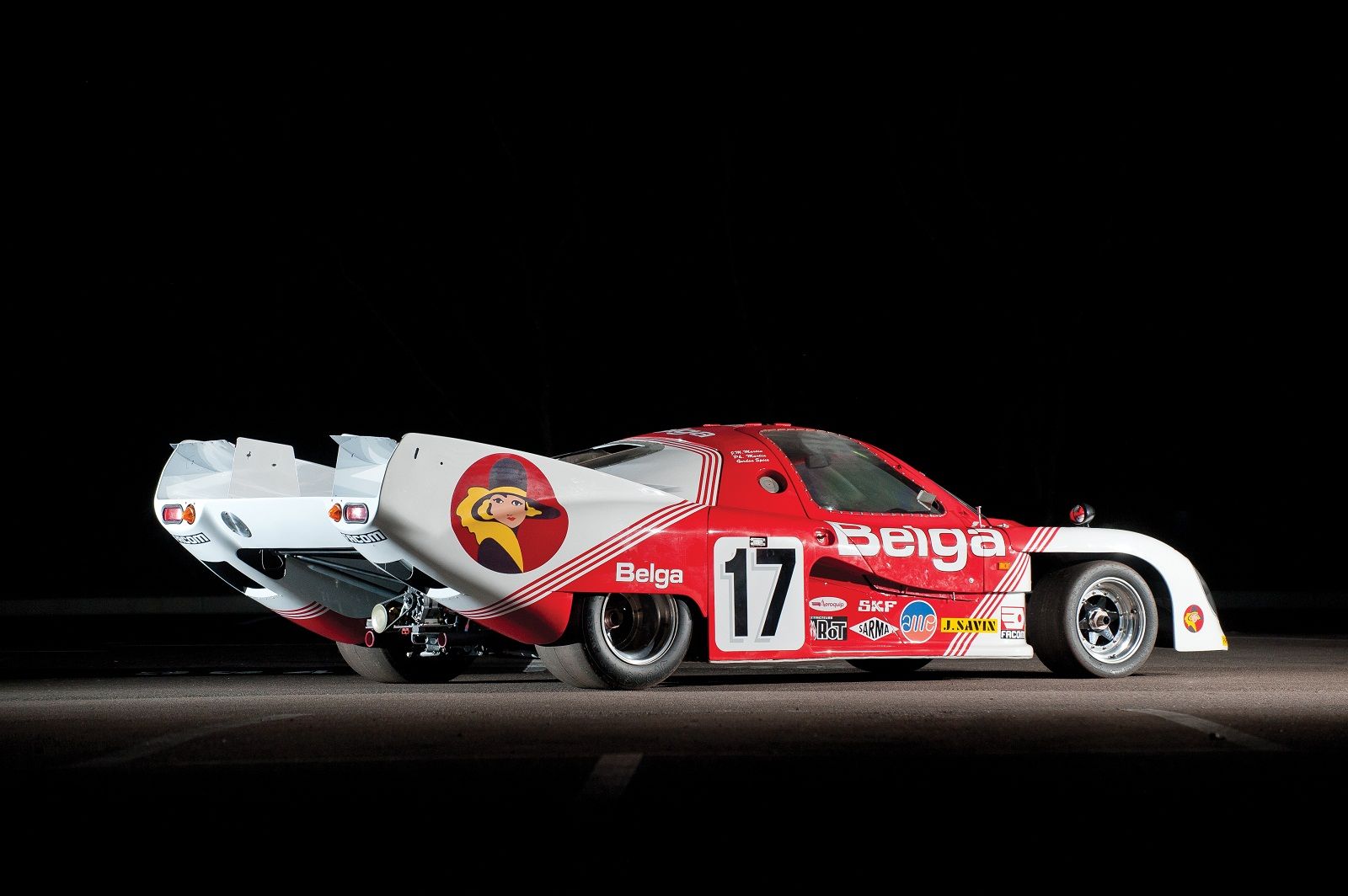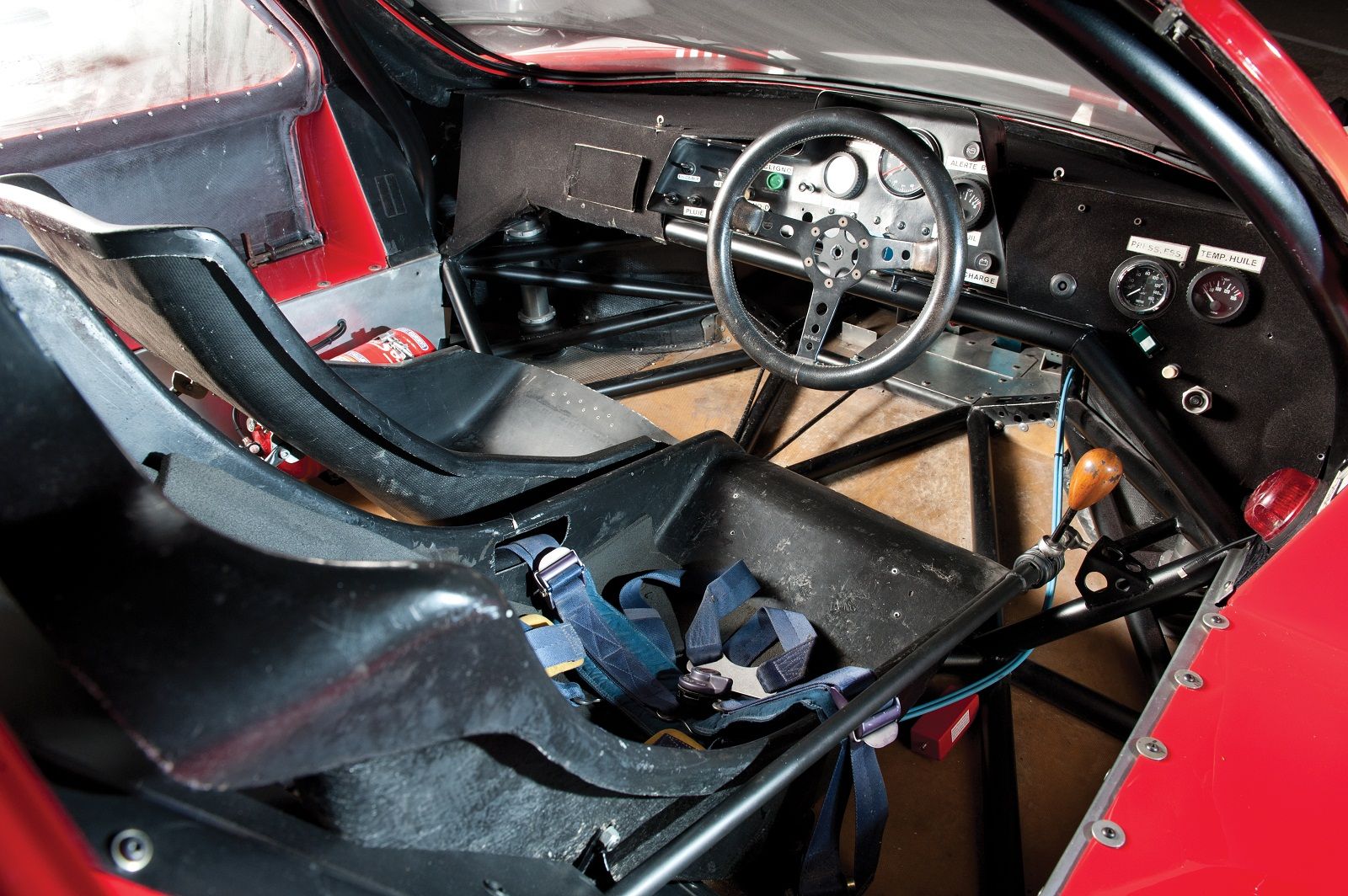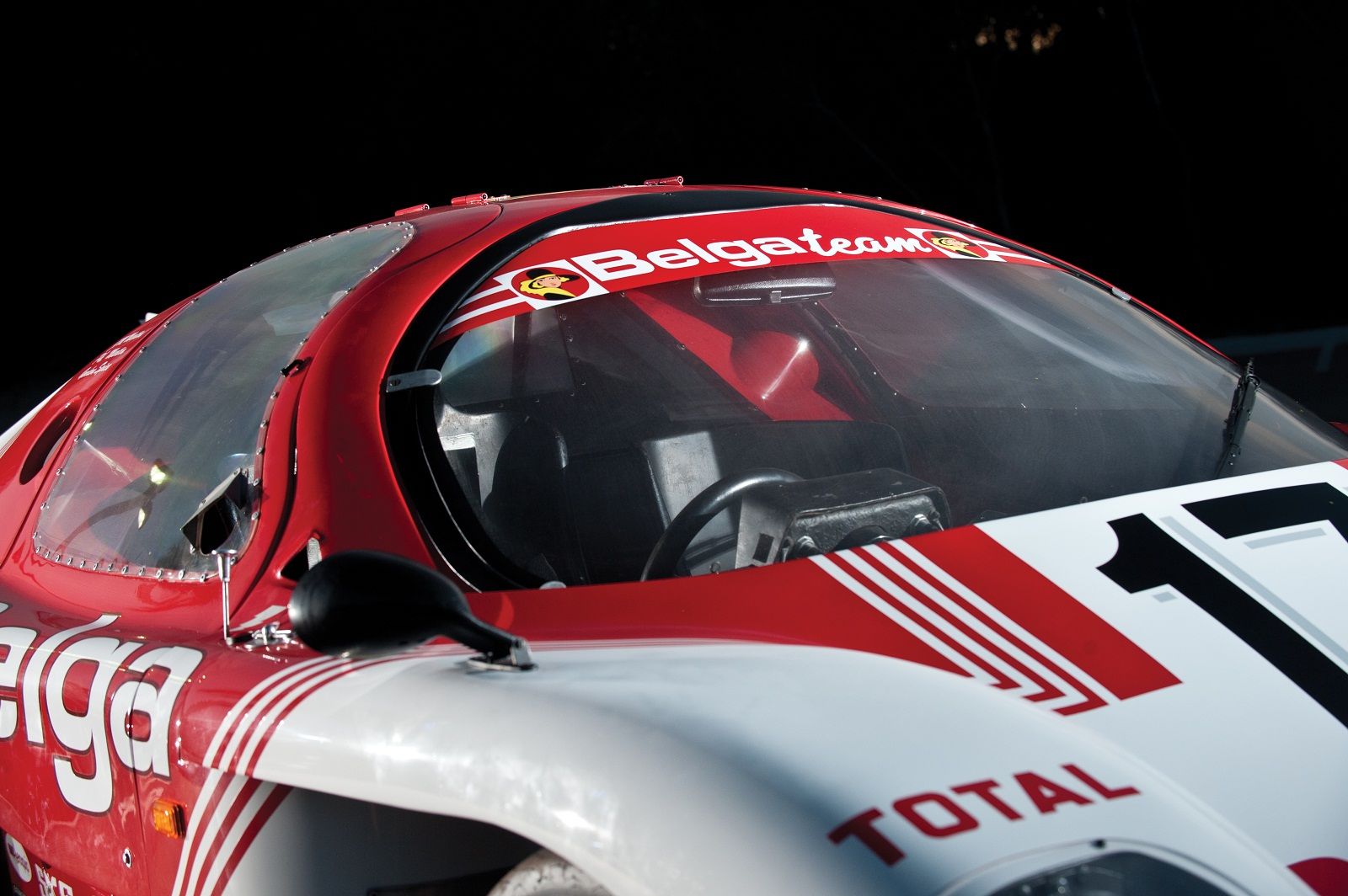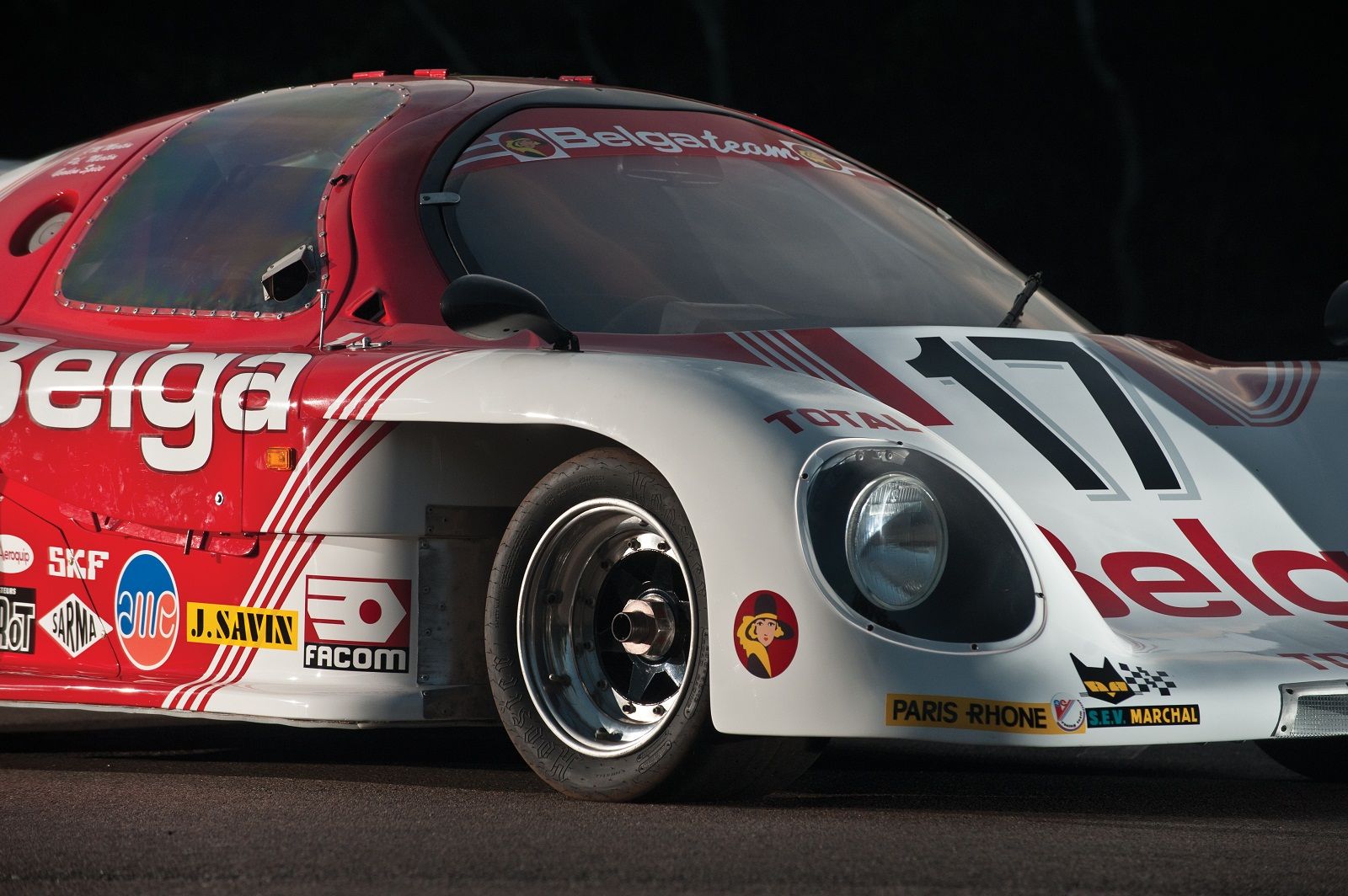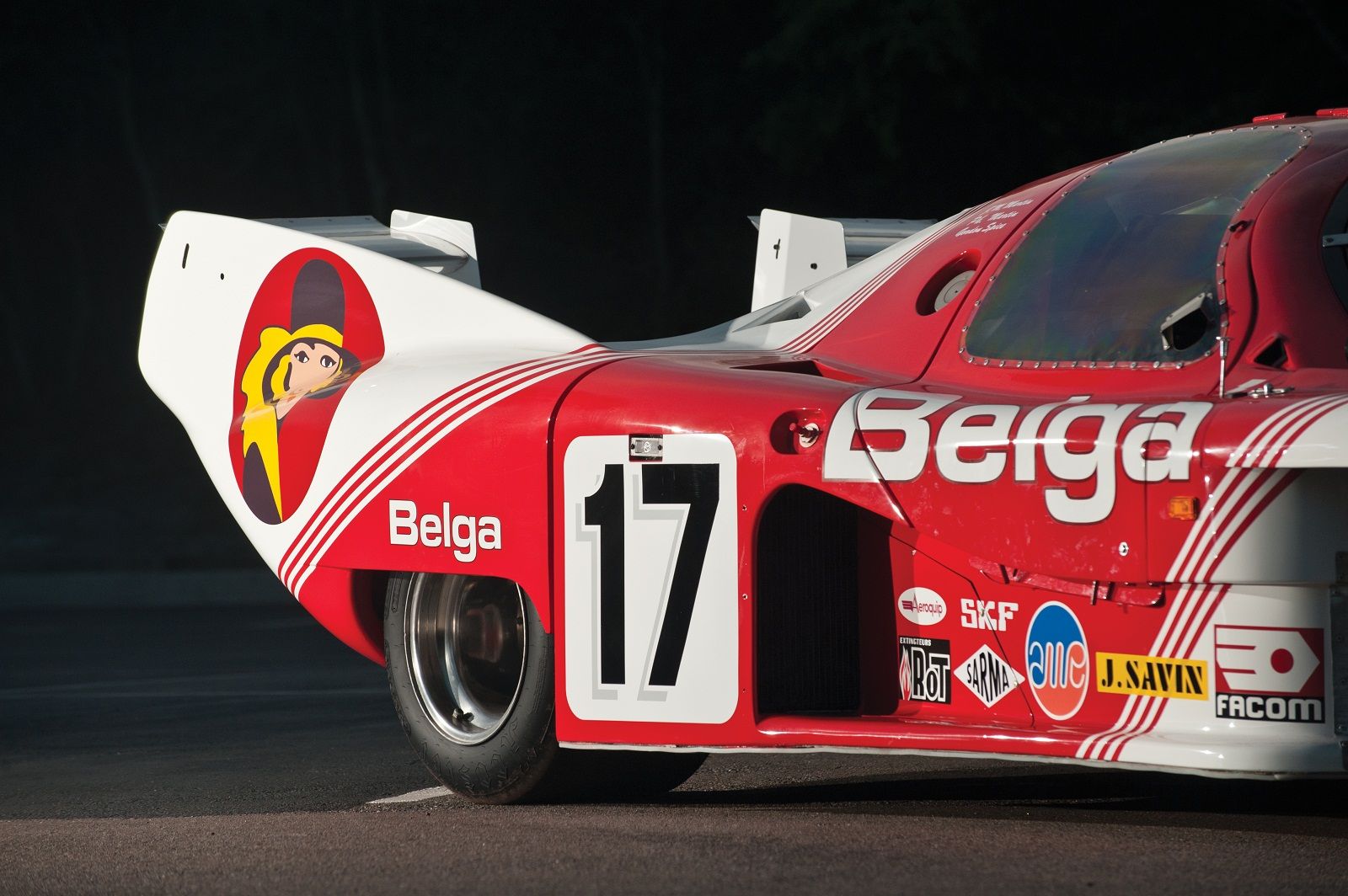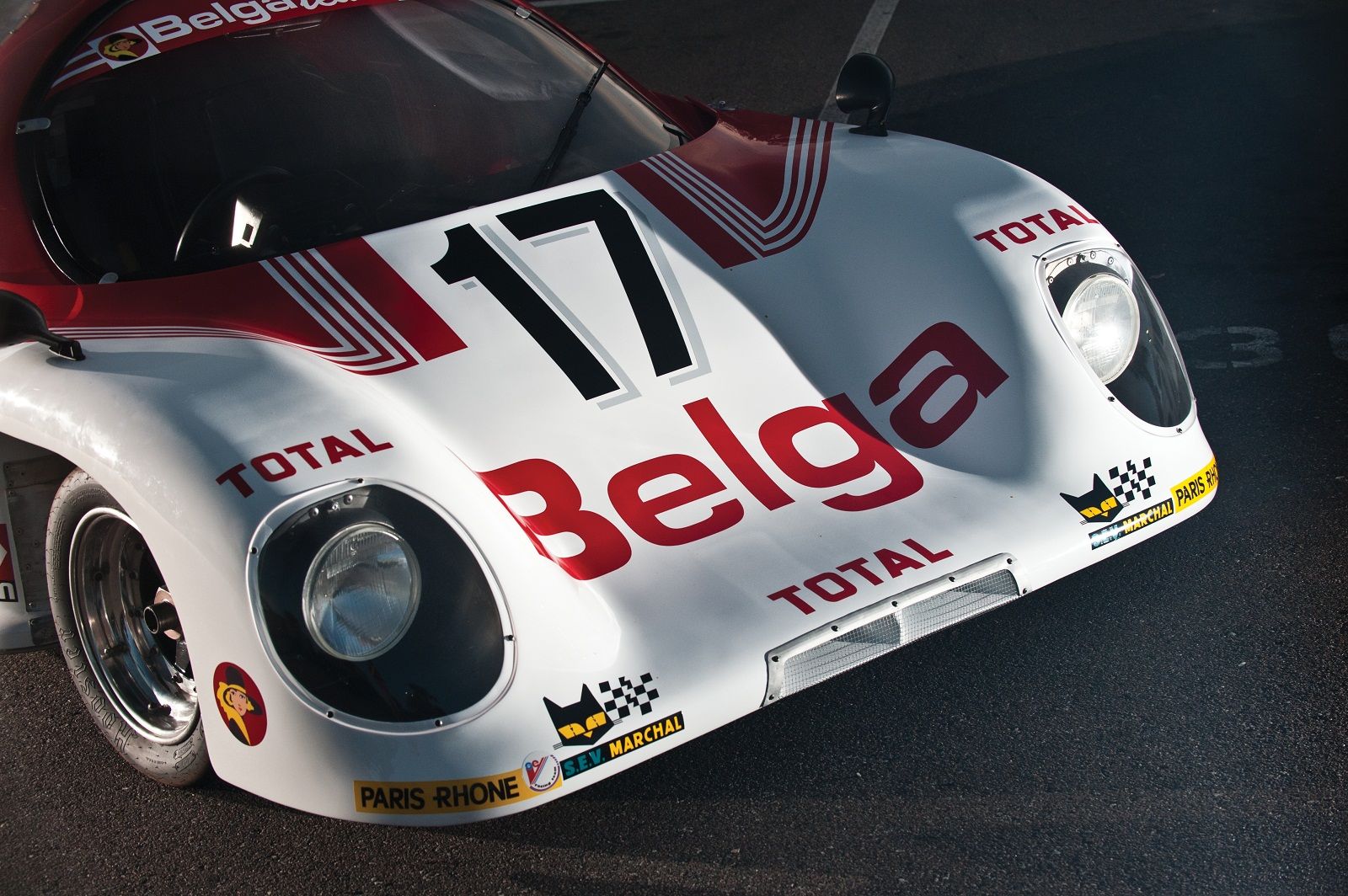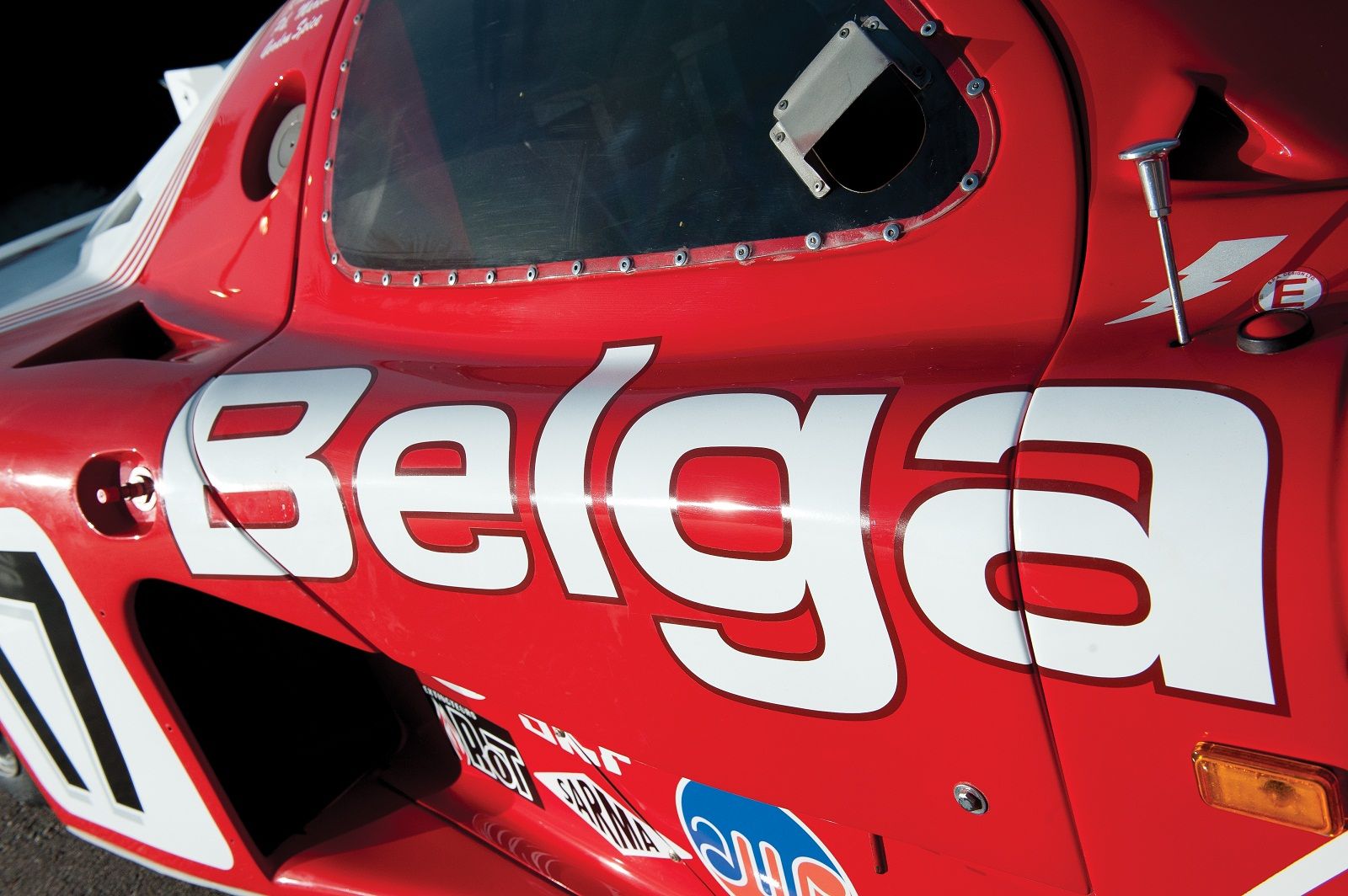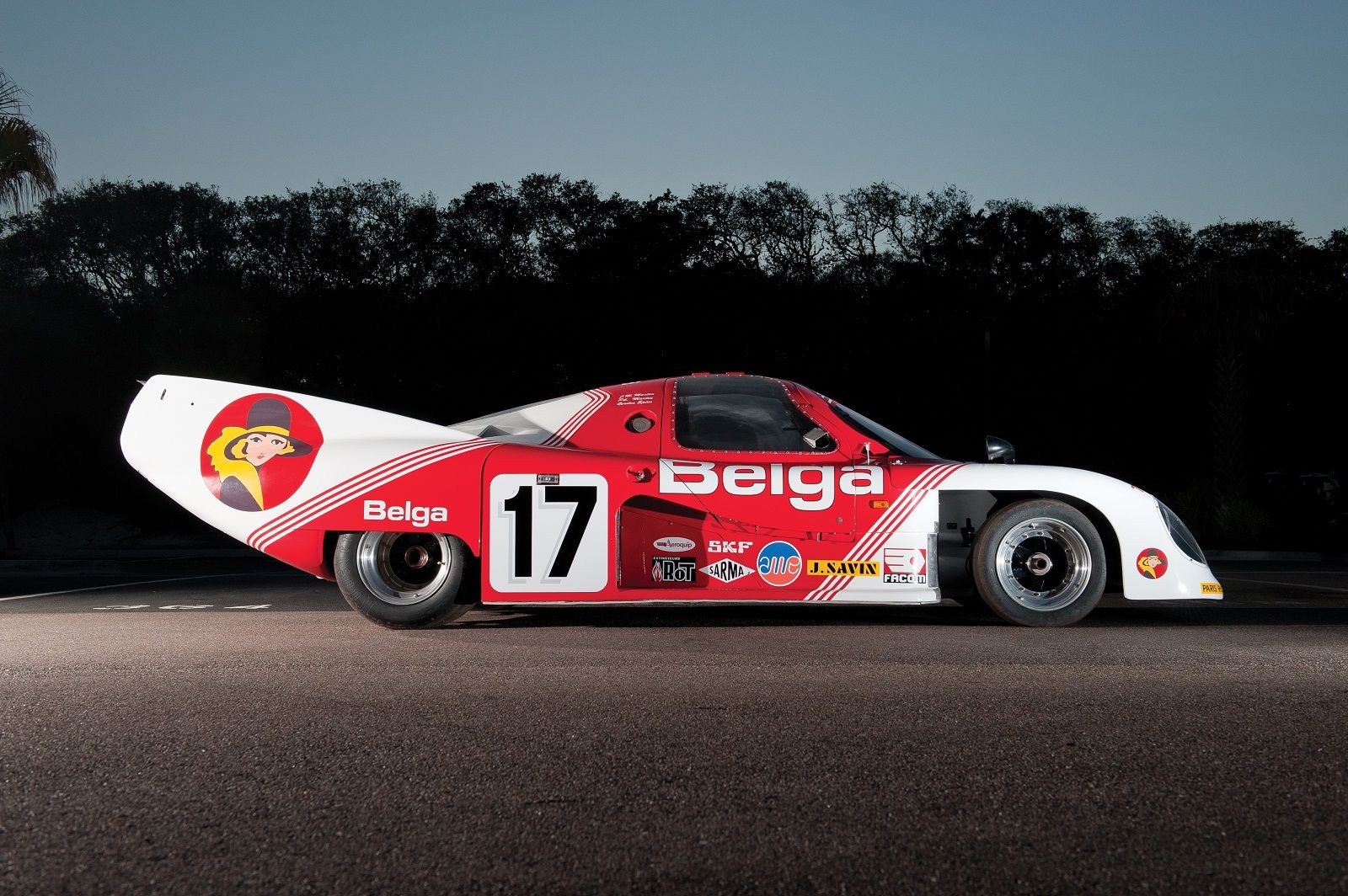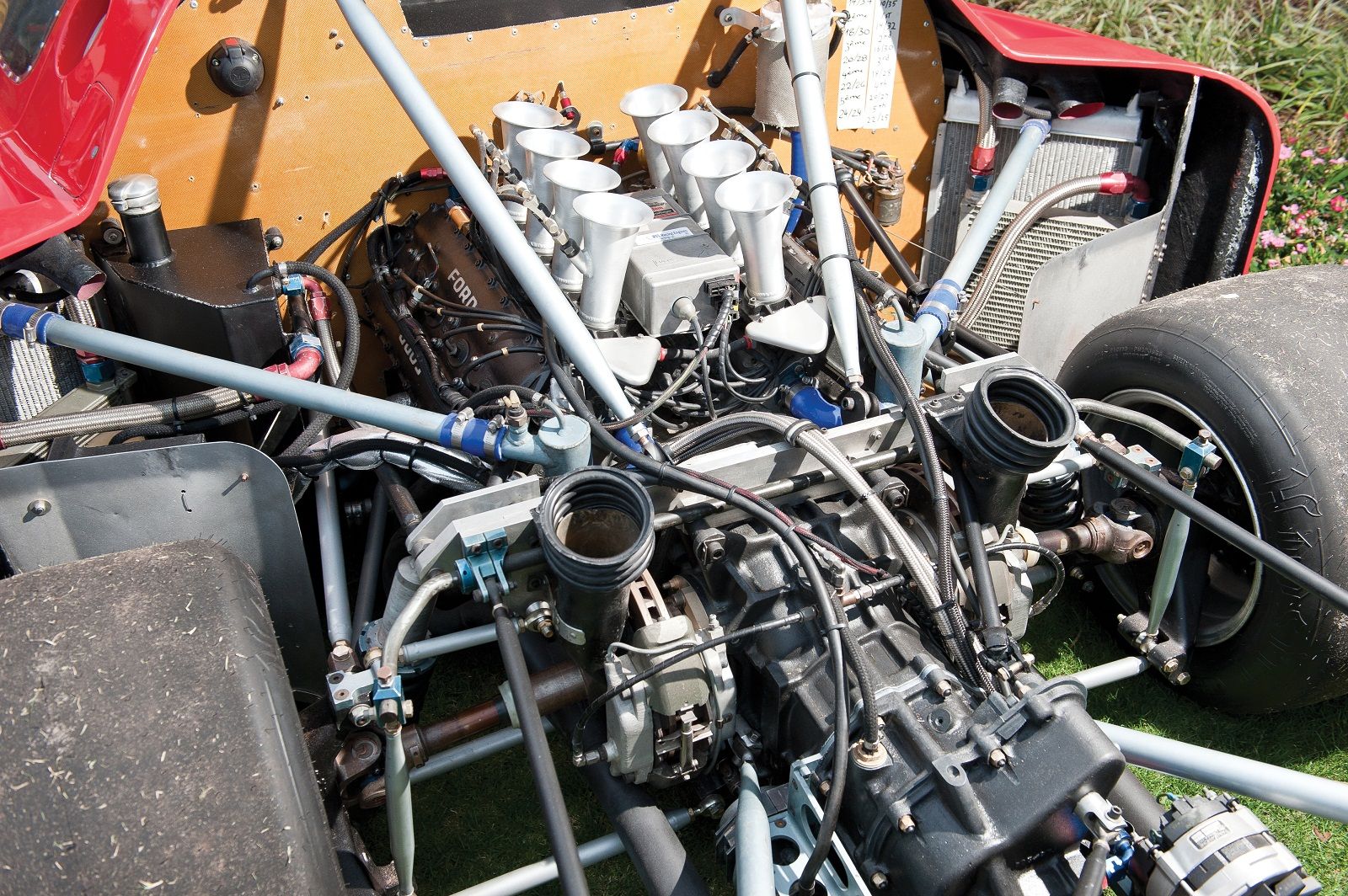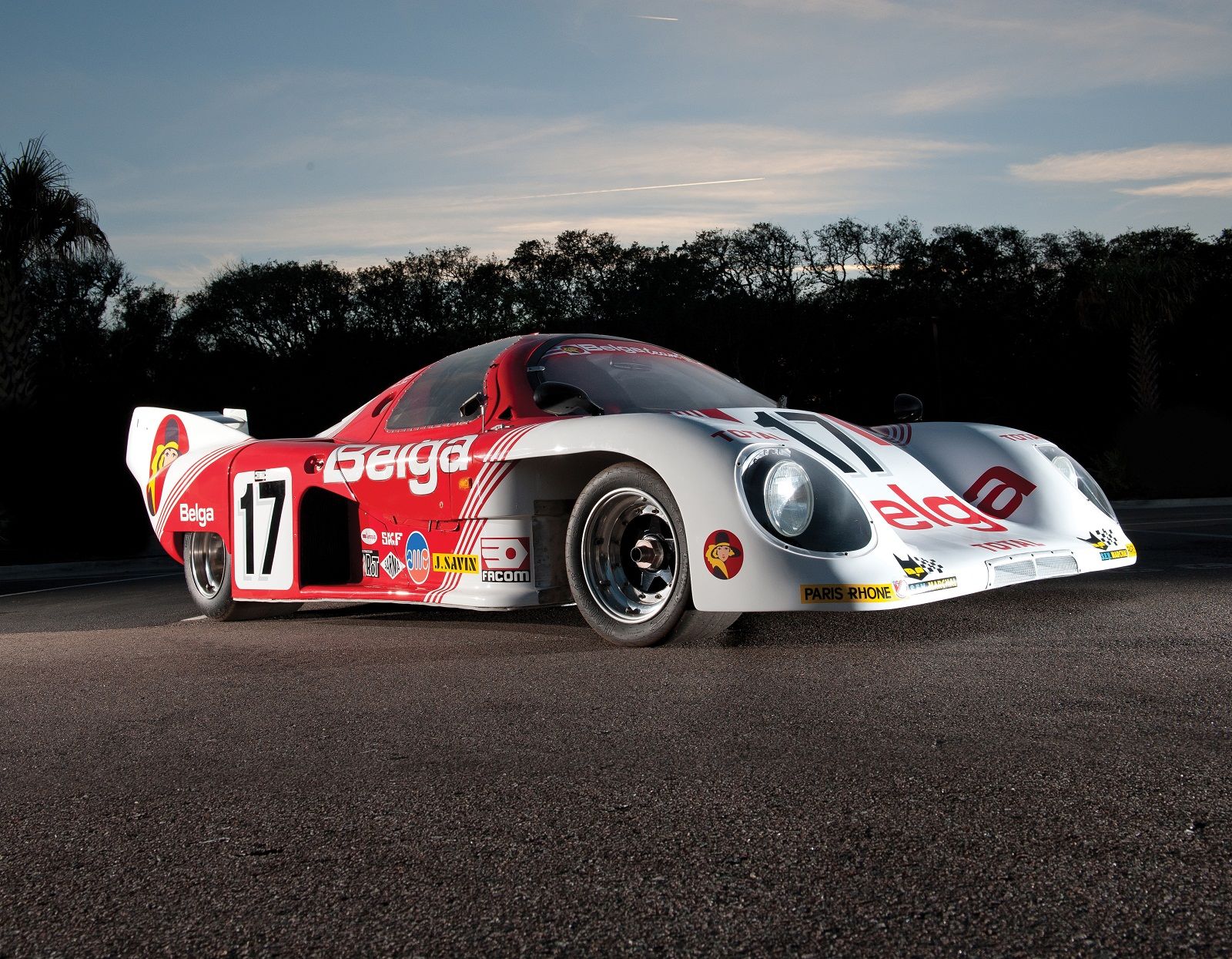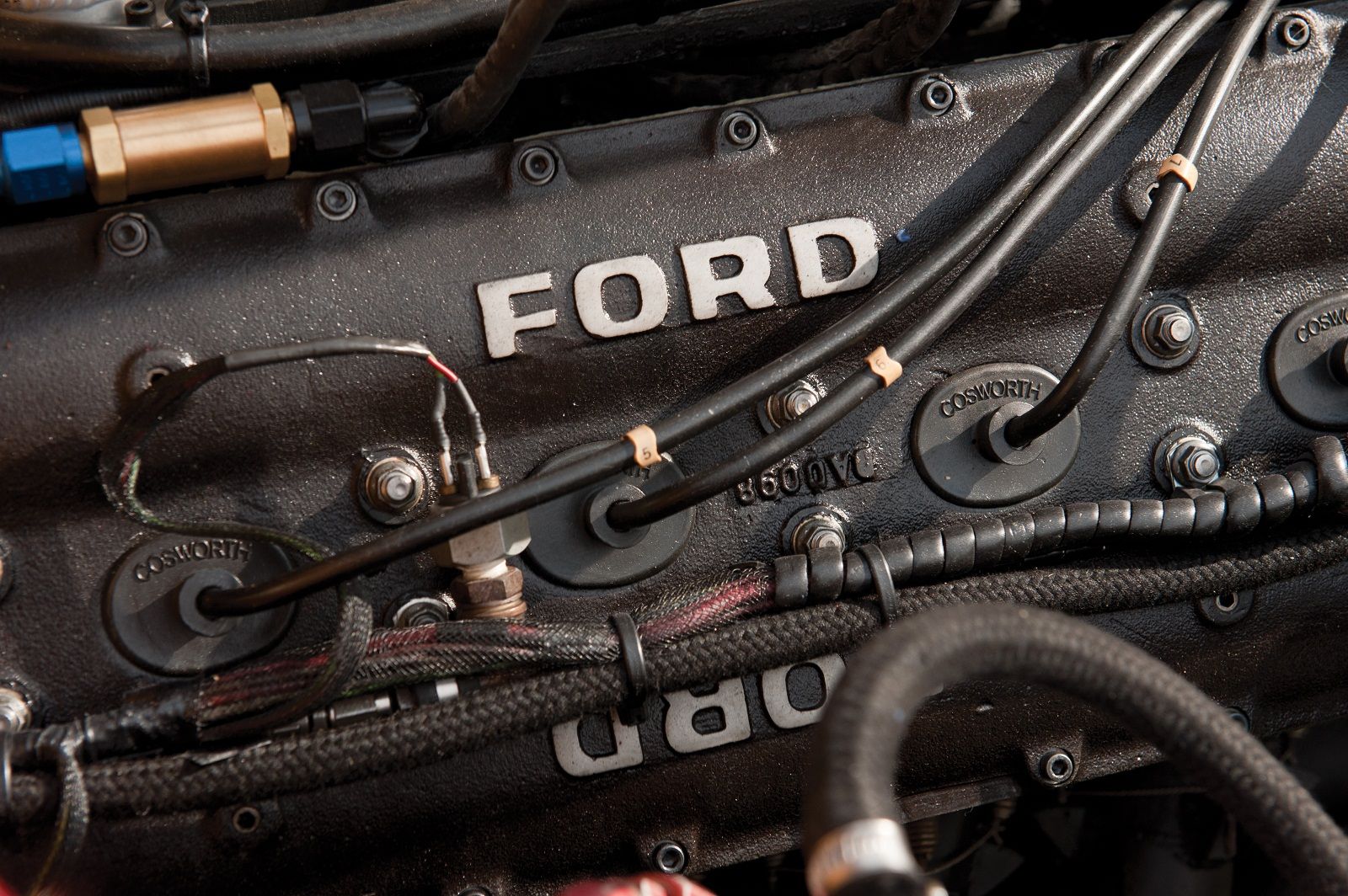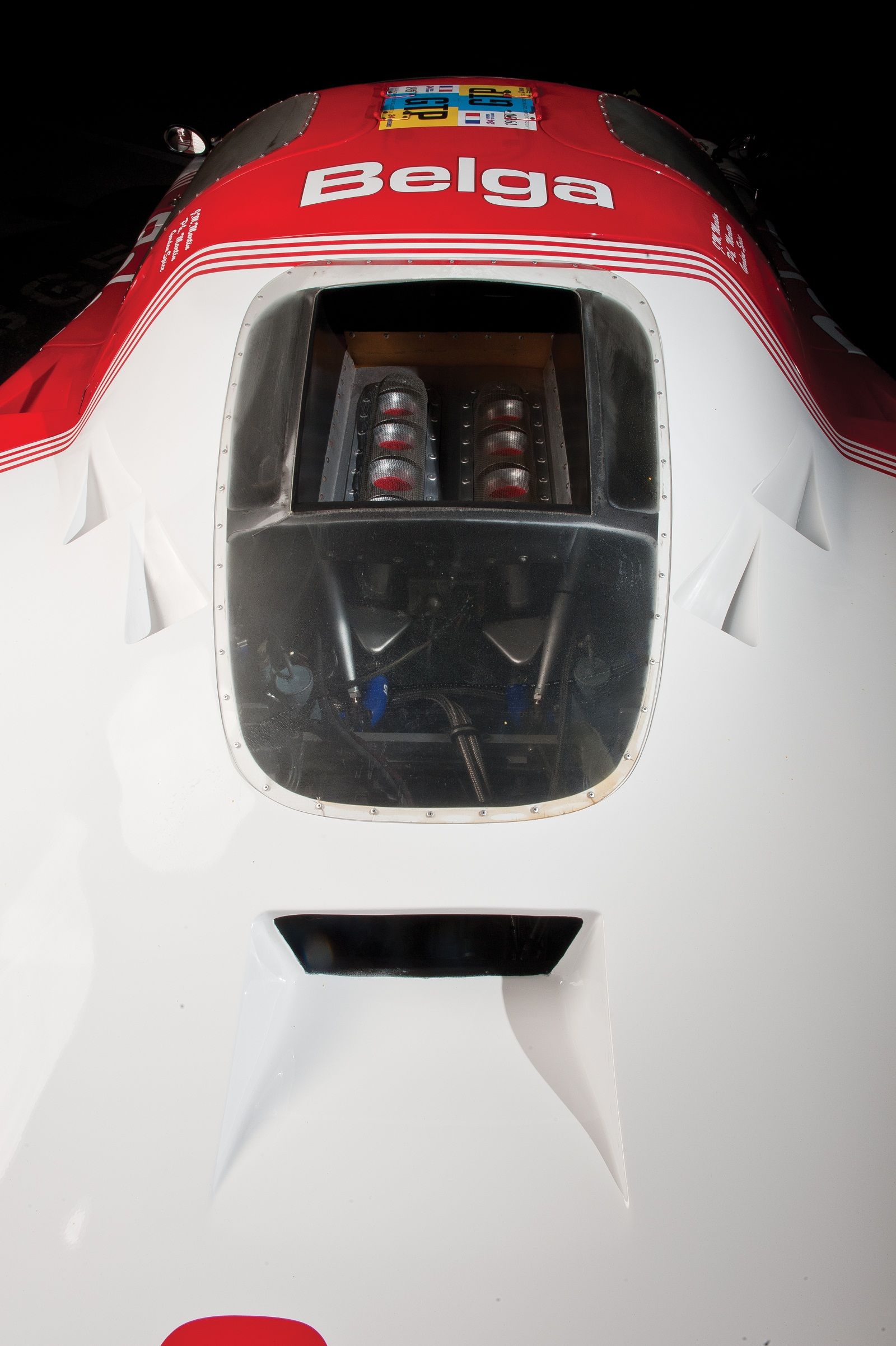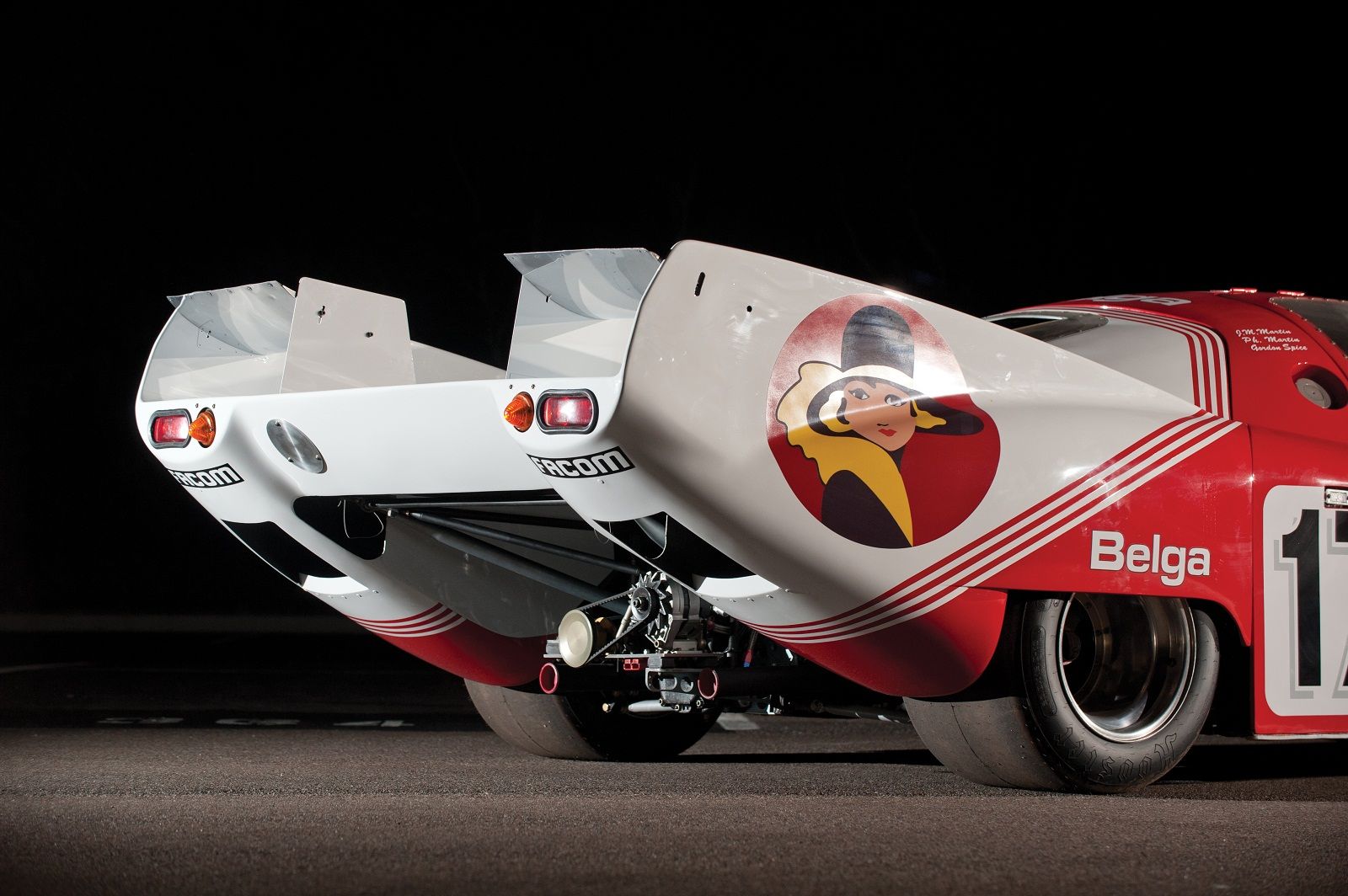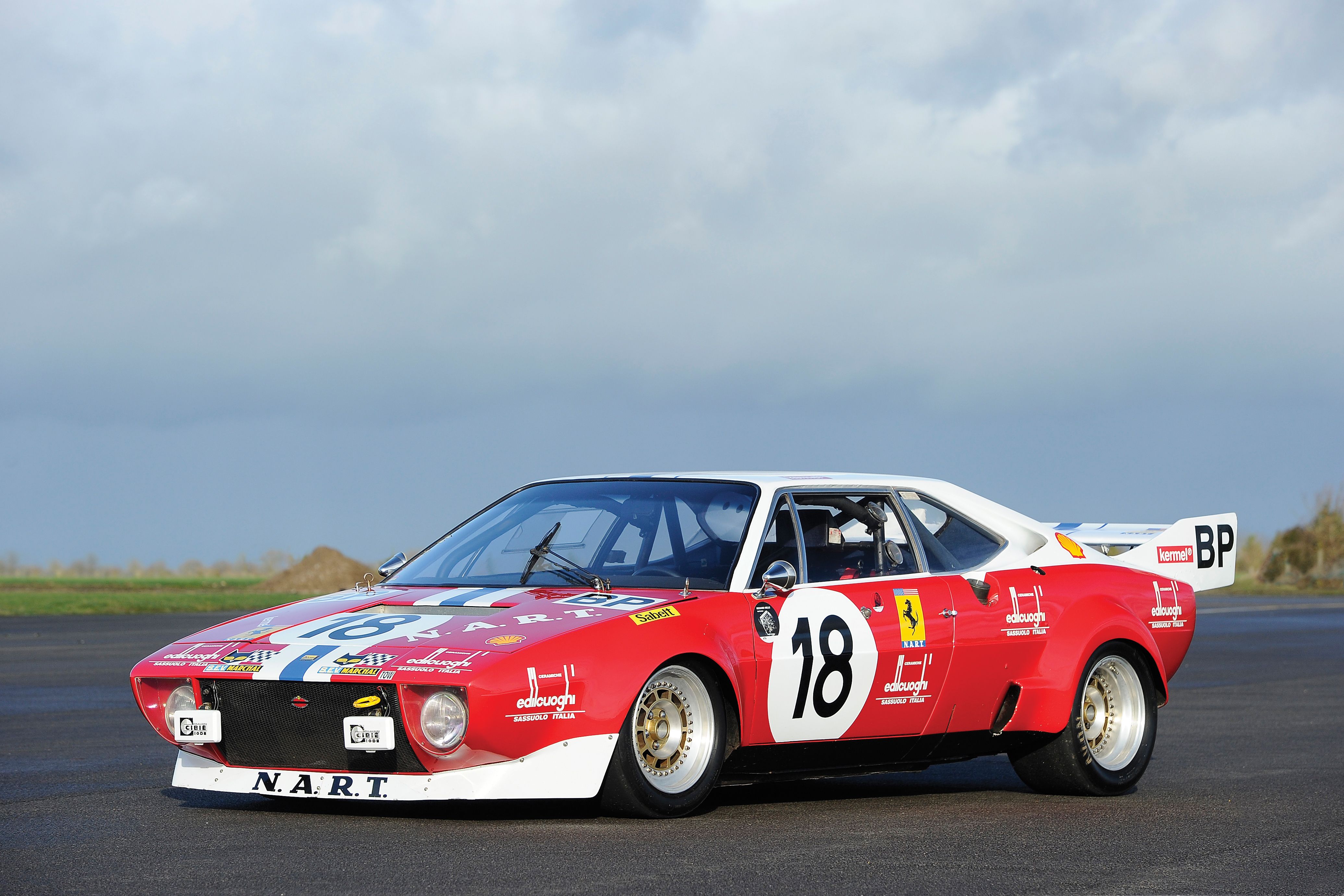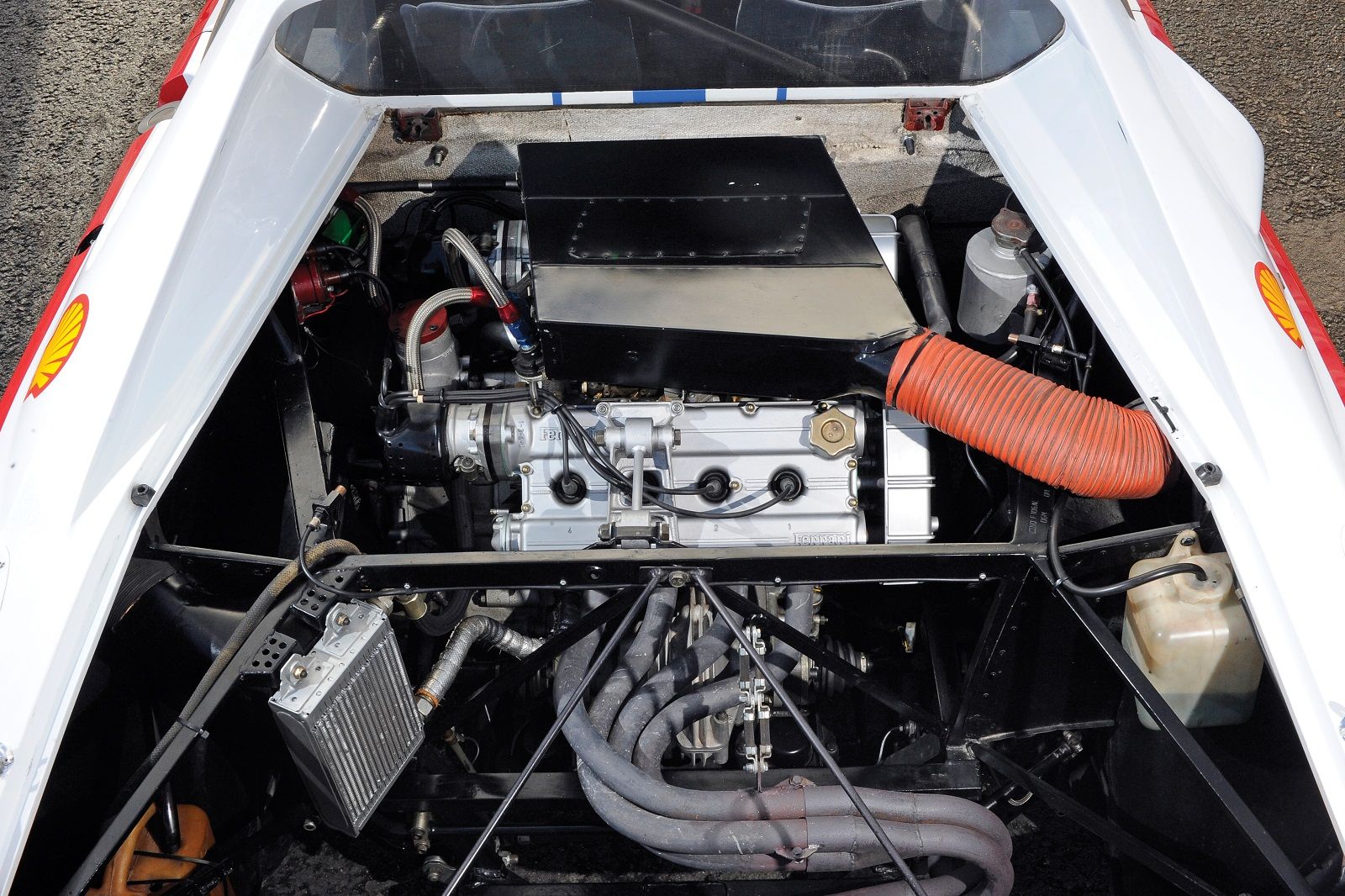The Rondeau-built M378 Le Mans GTP Racing Car is a true piece of Le Mans history, as it currently holds the title for most starts at Le Mans (10). With the amount of stress put on Le Mans cars today, this record is likely to stand for quite some time.
The M378 Le Mans->ke1591 GTP Racing Car made its debut in 1978 in the GTP class of the Le Mans 24 Hours race with two drivers, Bernard Darniche and Jack Haran. In its debut race, the Rondeau M378, or “Old Number 1” as it was nicknamed, took a somewhat disappointing 9th place. The following year, Old Number 1 was tweaked to M379 specifications and wound up pulling in 3rd overall and 1st in the GTP class.
The Rondeau M378 Le Mans GTP Racing Car saw plenty of success through the 1970s, but the 1980s were far less kind to it. As technology continued advancing, the Rondeau M378 Le Mans GTP Racing Car just couldn’t keep up. It all bottomed out in this record holder’s final race, as it ran in and finished the 1988 Le Mans 24 Hours race, but was not classified.
Shortly after its last race, the Rondeau M378 Le Mans GTP Racing Car went on to be sold off to an American collector, who raced it in the 1998 Monterey Historics race.
If you are looking to own a piece of Le Mans history, few stack up to this car’s legacy, but is this a good item to look into purchasing when it goes to auction on May 11th through 12th?
Click past the jump to read the full review.
1978 Rondeau M378 Le Mans GTP Racing Car
- Make: Array
- Model: 1978 Rondeau M378 Le Mans GTP Racing Car
- Engine/Motor: V8
- Horsepower: 415 @ 9000
- Transmission: Five-speed manual
- [do not use] Vehicle Model: Array
Exterior
The exterior of this Le Mans classic is one for the ages. It has been fully restored to the condition it was in when it won the GTP class in 1980. It features the same white and red paint job it wore during its famed victory and even has all of the sponsorship decals that it originally had.
Le Mans cars are famous for atypical designs, to put it kindly, and the Rondeau M378 Le Mans GTP Racing Car definitely is one of the odder looking. The front end has extremely pronounced fenders, thanks to its nearly flat front fascia. Its looks only get stranger as you move toward the rear of the vehicle, as in order to decrease drag it has quarter wheel flares and to keep it stable at high speeds it has large rear fins.
Not only does its tail end look like it came straight from GM’s blueprints of the 1948 Cadillac lineup, but it also angles upward at a rather sharp slope. This is obviously to add some downforce to the rear tires, but it truly makes this Le Mans legend unique.
In all, this car weighs in at an astonishingly low 1,796 lbs.
Interior
On the inside you have, well, a racecar, no more or no less. It has two racing seats, so you can bring along a willing, or unwilling, passenger along on your racing expeditions. It also has a racing harness for each seat, a racing steering wheel and all the gauges necessary to keep an eye on things as you go around the track.
Engine and Drivetrain
The engine was recently rebuilt, so it is in top condition and ready to race tomorrow. This 2,993 cc Ford Cosworth DFV DOHC V-8 puts down an impressive 415 horsepower at an impressively high 9,000 rpm. Despite its age, there are no carburetors to fuss with tuning, as the Rondeau M378 Le Mans GTP Racing Car comes complete with electronic fuel injection. A Hewland five-speed gearbox transfers the power to the rear wheels.
The combination of ultra-light construction and high-powered V-8, the Rondeau M378 Le Mans GTP Racing Car had an impressive 4.32 lbs. per horsepower.
The only issues we run into here are the fact that this engine is likely maxed out in power, so it probably requires a rebuild after every 3 to 5 races. This could become increasingly difficult and pricey, given its fuel injection system. Besides that, this entire drivetrain gets a big thumbs up from us.
Suspension and Brakes
The suspension is about as modern as you could find in 1978, as it features fully independent wishbone suspension with coil springs on the front and rear. This allows all four wheels to move up and down at different rates and angles, keeping each tire’s footprint on the track as large as possible.
The brakes are also high-end for the year, as it features four-wheel disc brakes. The rear brakes are known as inboard brakes, as the brakes connect to the drive shafts as opposed to the wheel hubs. This lowers the un-sprung weight of the car – the weight of the wheels, tires and hubs – thereby helping increase its handling.
Pricing
This is similar to a lobster dinner, as the price depends on what the market is come auction time. RM Auctions does, however, give us an anticipated price range of €600,000 to 750,000 ($790,263 to $987,829).
Competition
There is one direct competitor for this Le Mans iron man and it happens to be going to the same auction. This sole competitor is the 1974 Ferrari->ke252 308 GT4/LM.
It comes with a 300+ horsepower 2,927 cc DOHC V-8 engine, but it is carbureted, as opposed to fuel injected. This Ferrari Classiche-certified ride also includes four-wheel disc brakes and four-wheel independent suspension. The differences being that the brakes are all outboard.
Just like the Rondeau M378 Le Mans GTP Racing Car, the Ferrari is fully restored and ready to hit the track. It does, however, carry an estimated €725,000 to €825,000 ($954,902 to $1,086,612) price tag.
Conclusion
The Rondeau M378 Le Mans GTP Racing Car can be summed up in just one word, awesome! There is only one true iron man of the Le Mans 24 Hours race and that is this car and its 10 starts.
When you add in the fact that it is more affordable than most cars similar to it and that it is completely restored to its championship form, you have yourself a winner here. What’s even better is that it fits pretty much everyone’s needs, as it is in impeccable shape for a collector, and runs like it did in 1978, so a vintage racecar driver can throw it on the track without worries.
This is hands down a great buy for anyone with the kind of scratch lying around to snag it up.


